We’ve talked a bit publicly about our ideation process, but to be honest, it’s constantly evolving. With every piece of content we create and promote, we gain a better understanding of what works and what doesn’t.
But part of that process has always been allowing for the creative freedom to come up with ideas and then — and most importantly — kill your darlings if they don’t meet the criteria for a good idea.
It’s not always easy; creativity is personal. But culling the list of ideas is necessary for a successful content plan.
So how do you know which ones to cut?
Ask yourself these questions.
Is the idea packed with emotion?
Make a list of all the emotions associated with your idea. If you can’t think of any, it means the idea may need some tweaking, or you need to explore it in more depth.
Even helpful how-to content is tied to emotion. Take, for example, “Give Your Kids the Gift of Automotive Repair Skills While You’re Home Together,” a genius piece of content by Car and Driver.
There’s the emotional component of it being in the context of COVID-19, yes, but it’s more than that. It’s about spending quality time with your children and teaching them crucial skills. Related emotions include love, pride, empowerment, accountability, parental responsibility and more.
And the content creators were smart enough to call out the emotional component, like they did here:
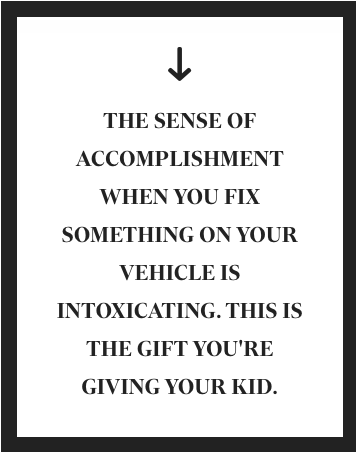
Image Credits: Fractl (opens in a new window)
The post garnered nearly 5,000 engagements on Facebook, which to me indicates it hit the sweet spot of being helpful while also tapping into our emotions.
Fractl did a study back in 2013 that explored which type of emotions were the most prevalent in viral images, and, as it turns out, positive emotions had more representation than negative ones. Most prevalent of all? Surprise. People enjoy being astonished, delighted and unexpectedly joyful. Do any of your content ideas fit this bill?
If not, that doesn’t mean they won’t work. But they absolutely should have an emotional component, at the very least.
Does the idea have newsworthy elements?
You don’t need to have all of the newsworthy elements, especially for on-site content. But the main ones do serve as a great framework for assessing the level of interest your piece may have.
You can take the automotive example above and fit it into this framework, but I’ll throw in some other examples, too.
Timeliness
Timely and evergreen don’t have to be mutually exclusive. Sure, there is a time and a place for breaking news that only applies to now, but that’s often not what you’re going for, and timeliness can exist outside the realm of breaking news.
There are two ways to create something timely.
No. 1: Tap into a topic that’s especially pertinent now but always of interest to your target audience.
You may discover that a topic you might have written about anyway becomes particularly important due to a timely event.
I’m writing this in the time of COVID-19, which is a perfect example. The pandemic has impacted nearly every aspect of daily life. Working from home has become a very popular topic because so many people had to make a hasty transition from working at their office.
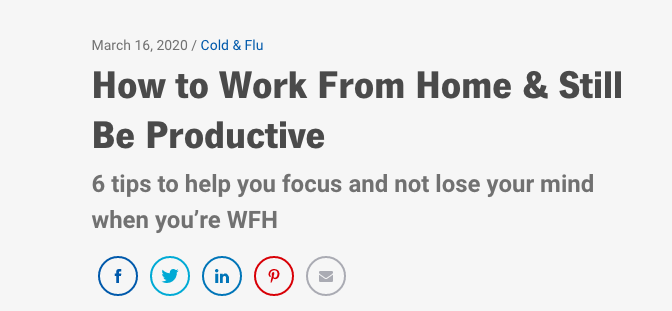
Image Credits: Fractl (opens in a new window)
Cleveland Clinic wrote such a piece about working from home. Note that you could read that headline and subheader at any time and it would still be relevant for people who work from home. But also note the date published: right around the time of the COVID-19 response in the United States. They address the timeliness in the beginning of the article, and in the future, that’s an easy edit to make it an evergreen piece.
In addition to coming up with ideas relevant to timely events, also consider updating past pieces of content to add context to the current times.
No. 2: Collect your own data or analyze a data set for the first time.
Data-focused content typically performs well for a variety of reasons, including the fact that it’s authoritative, but also because it’s new. Either the data itself is newly collected or your analysis of it hasn’t been done before. In either case, people are interested to see what you’ve uncovered.
We created a project for one of our clients about the average cost of having a significant other. You may have heard people complain online about how much they spend on dates or questions about how much to spend on a spouse’s Christmas present. We surveyed people to get insight on how much all of these different aspects of a relationship cost, and because that was a new take on the topics, we earned coverage for our client in The Motley Fool, USA Today, Elite Daily and more.
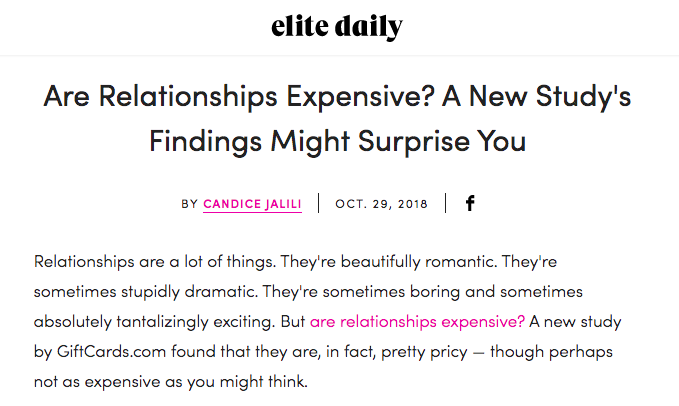
Image Credits: Fractl (opens in a new window)
See how the content is mentioned in Elite Daily? “A new study.” That’s what publishers want to see and what readers want to read.
Proximity
People care more about what’s happening in their area. This makes intuitive sense and it’s why you might read or watch local news in addition to national news.
But what does this mean in terms of content creation outside of breaking news? Well, we always assign “bonus points” to content and data sets that are comprehensive and can be localized.
Why? Because this provides several angles for pitching the content to local news outlets, and it also allows readers to connect more with the information. People like to “see” themselves in the content they’re reading, so if you’re able to make it customizable or more personalized in any way, your content can have a higher likelihood of being shared and engaged with.
One of our most successful pieces for our client Porch.com was all about the cost of home improvement. But we didn’t just talk about things on a national level; we focused in on ZIP code.
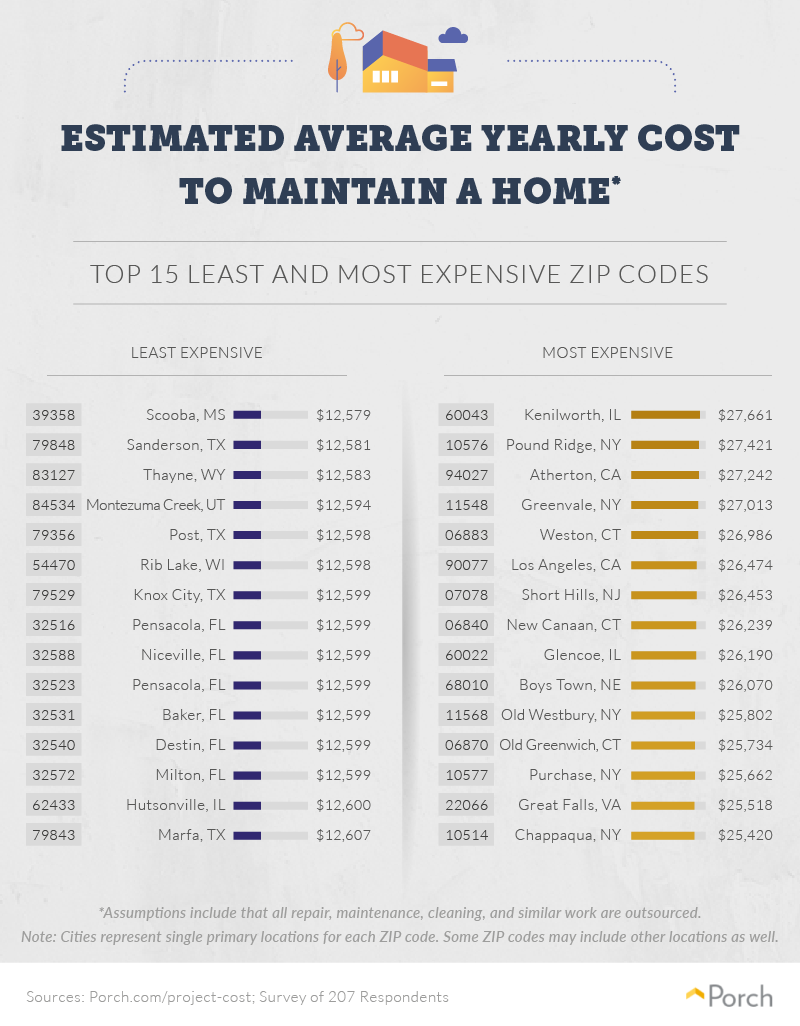
Image Credits: Fractl (opens in a new window)
When you create content that can be localized, publishers often see the value in that too — in this case, The Washington Post covered our survey.
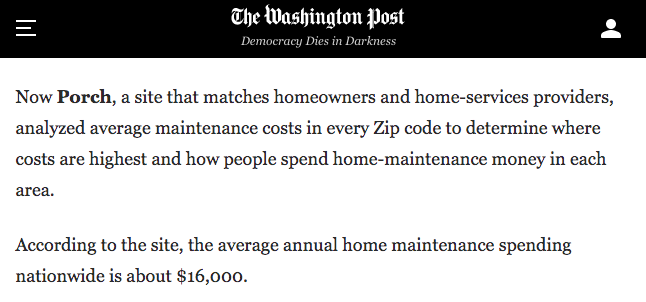
Image Credits: Fractl (opens in a new window)
But then you can pitch the localized data to more localized publications that carry a ton of authority in their communities. Here’s an example of coverage for this content in the New Haven Register.

Image Credits: Fractl (opens in a new window)
When vetting ideas, consider if they can be localized or in any other way more personalized. Having this newsworthy characteristic can definitely provide a boost in promotional viability.
Impact
How many people does the information you’re sharing impact? How much of your target audience would be interested in this content? And then, to what extent will they be influenced by this information?
The degree of impact isn’t as easy to measure, but all of it becomes more intuitive when you have a deeper understanding of your audience. Consider your audience personas and study what challenges them, frustrates them or inspires them. Then you’ll have a better idea of what will impact them.
This sounds intense, but it doesn’t have to be. Take this video by Headspace.
Unsurprisingly, mindfulness is a popular topic amid COVID-19. Instead of guessing what people might be wondering about, these #AskAndy videos directly address questions people have during this difficult time. Many other Headspace users probably have the same questions, and in answering these types of questions, Headpsace can have a big, positive impact on their audience.
If you can’t directly reach out to your audience (via social, email list, etc.) to see what’s troubling them, try doing keyword research or using tools like Answer the Public to understand what information your target audience is looking for most often.
Do you have an authoritative source or methodology?
Some ideas are incredible — in theory. But if you’re looking at the idea and realizing you don’t know how anyone can actually execute it, do not approve it yet. The methodology is a key component of whether your content will be successful.
Many unfortunate scenarios can arise if you don’t have a methodology planned from the get-to. You may find it’s not possible to collect the data you had in mind, and the whole project will be scrapped. You may realize not enough data exists, so no meaningful insights can be gleaned. Or perhaps the data set you had in mind is more skewed than you realized.
Aside from the validity of the methodology, you’ll also need to consider its level of authority. When people read your content, will they trust it?

Image Credits: Fractl (opens in a new window)
We looked into this further with BuzzStream and uncovered what we’d long suspected was true: methodology matters in terms of perceived authority. Anecdotal information, especially from a lesser-known brand, will just not resonate as much.
Content backed by data always scores more highly in our eyes, so I encourage you to make a list of the methodologies you’ve found work best for your audience and include that in your idea-vetting process.
Plenty of ideas have merit, but when it comes to which ones you move forward with, make sure you’re investing time and budget into the ideas with the highest probability of value and success.

